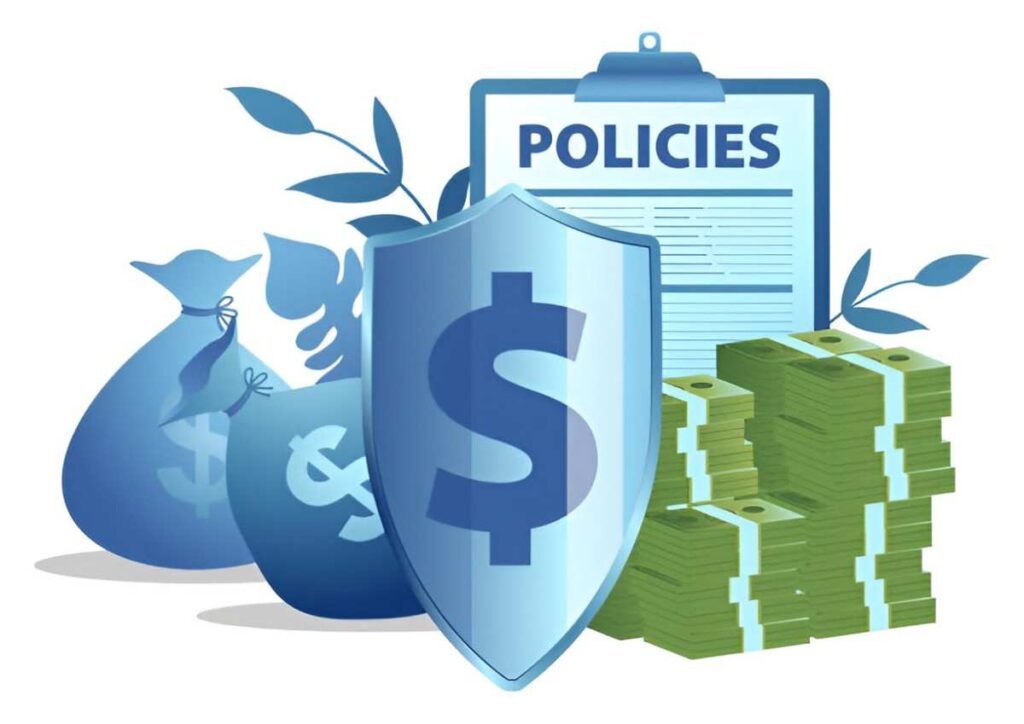In the realm of insurance and risk management, excess policy is a crucial concept that helps individuals and organizations protect themselves against financial losses beyond standard coverage limits. This article aims to provide a clear and accessible explanation of what excess policy entails, along with practical examples and its significance in the context of insurance.
Table of Contents
Definition and Context
Definition of Excess Policy
Excess policy, also known as excess insurance or excess coverage, refers to an additional layer of insurance coverage that becomes active once primary insurance coverage has been exhausted. It serves as a risk management tool to mitigate financial exposure beyond the limits of primary insurance policies.
Key Points:
- Additional Coverage: Provides coverage beyond primary insurance limits.
- Risk Management Tool: Helps mitigate financial risks and liabilities.
- Policy Terms: Defines how excess coverage is triggered and what it covers.
Understanding Excess Policy
How Excess Policy Works
- Primary Insurance: Individuals or businesses typically have primary insurance policies that cover specific risks up to a certain limit.
- Excess Coverage: If a claim exceeds the limit of the primary insurance policy, the excess policy kicks in to cover the remaining amount, up to its own predefined limit.
- Layered Protection: Excess policies are structured in layers, with each layer covering additional amounts of risk beyond the previous one.
Examples and Practical Applications
Real-Life Scenarios
- Commercial Liability Insurance: A company holds a primary liability insurance policy with a limit of $1 million. They also purchase an excess policy with a limit of $5 million. If a claim amounts to $3 million, the primary insurance covers the first $1 million, and the excess policy covers the remaining $2 million.
- Professional Indemnity Insurance: Professionals such as doctors or architects may have professional indemnity insurance with a primary coverage limit. An excess policy provides additional coverage if a claim exceeds this limit.
Importance and Benefits
Significance of Excess Policy
- Enhanced Protection: Offers broader financial protection against catastrophic losses that could potentially bankrupt individuals or businesses.
- Risk Transfer: Shifts the financial burden of large claims from the insured to the insurance company providing the excess coverage.
- Customizable Coverage: Allows policyholders to tailor their insurance coverage according to their specific risk exposure and financial capacity.
Considerations and Implementation
Managing Excess Policy
- Assessment of Risk: Insurance professionals assess the nature and extent of risks faced by their clients to recommend appropriate levels of excess coverage.
- Policy Terms and Conditions: Understanding the terms, conditions, and triggers of excess coverage ensures clarity on when and how the excess policy will respond to a claim.
- Cost-Benefit Analysis: Balancing the cost of excess coverage premiums against potential financial losses helps determine the optimal level of coverage.
Conclusion
Excess policy serves as a critical risk management tool in insurance, providing additional financial protection beyond the limits of primary insurance policies. By understanding how excess policies function, their role in mitigating financial risks, and their practical applications through examples, individuals and businesses can make informed decisions to safeguard their assets and operations effectively. Ultimately, excess policy exemplifies the importance of comprehensive risk management strategies in navigating uncertainties and protecting against potentially devastating financial liabilities.





